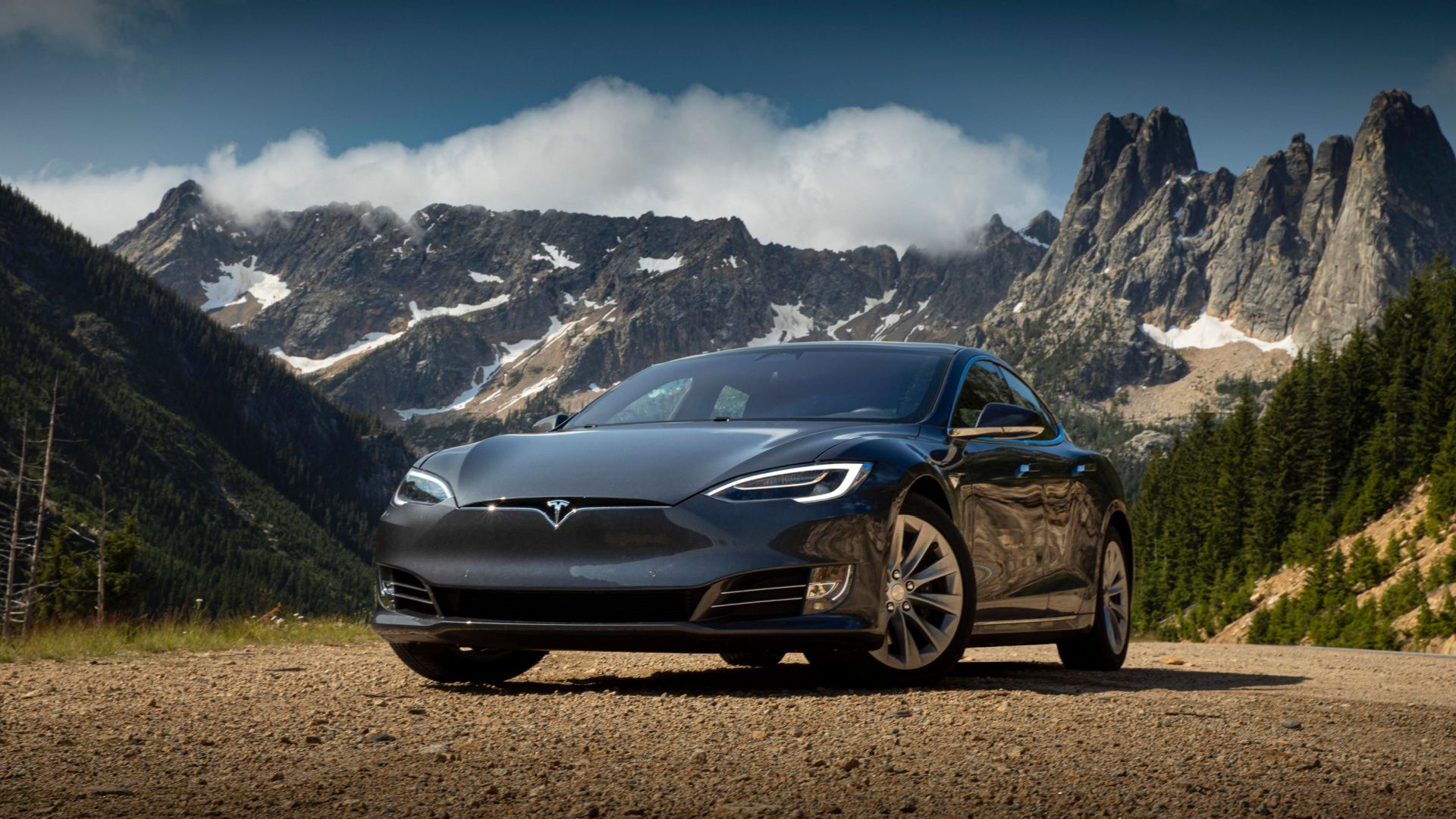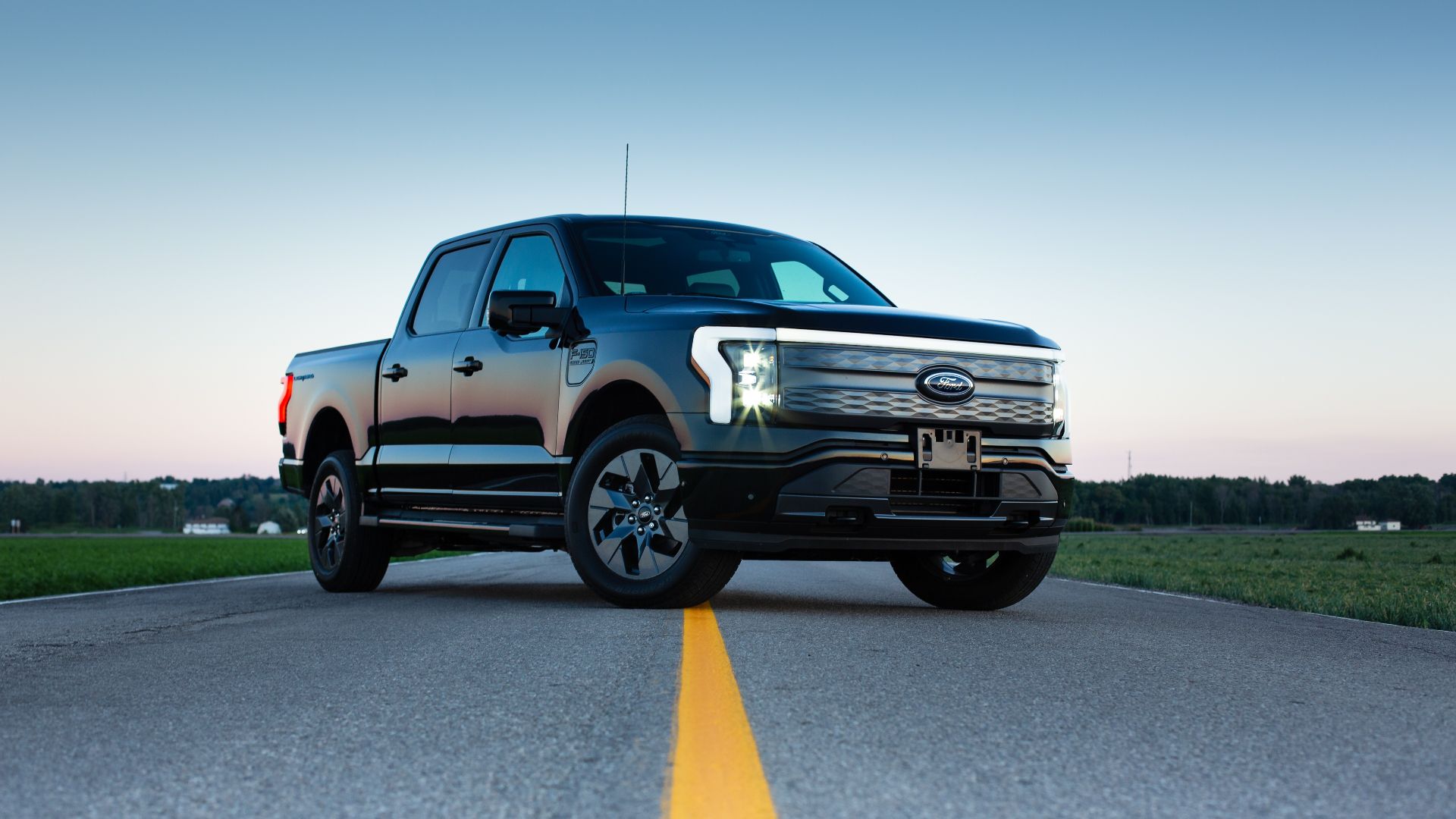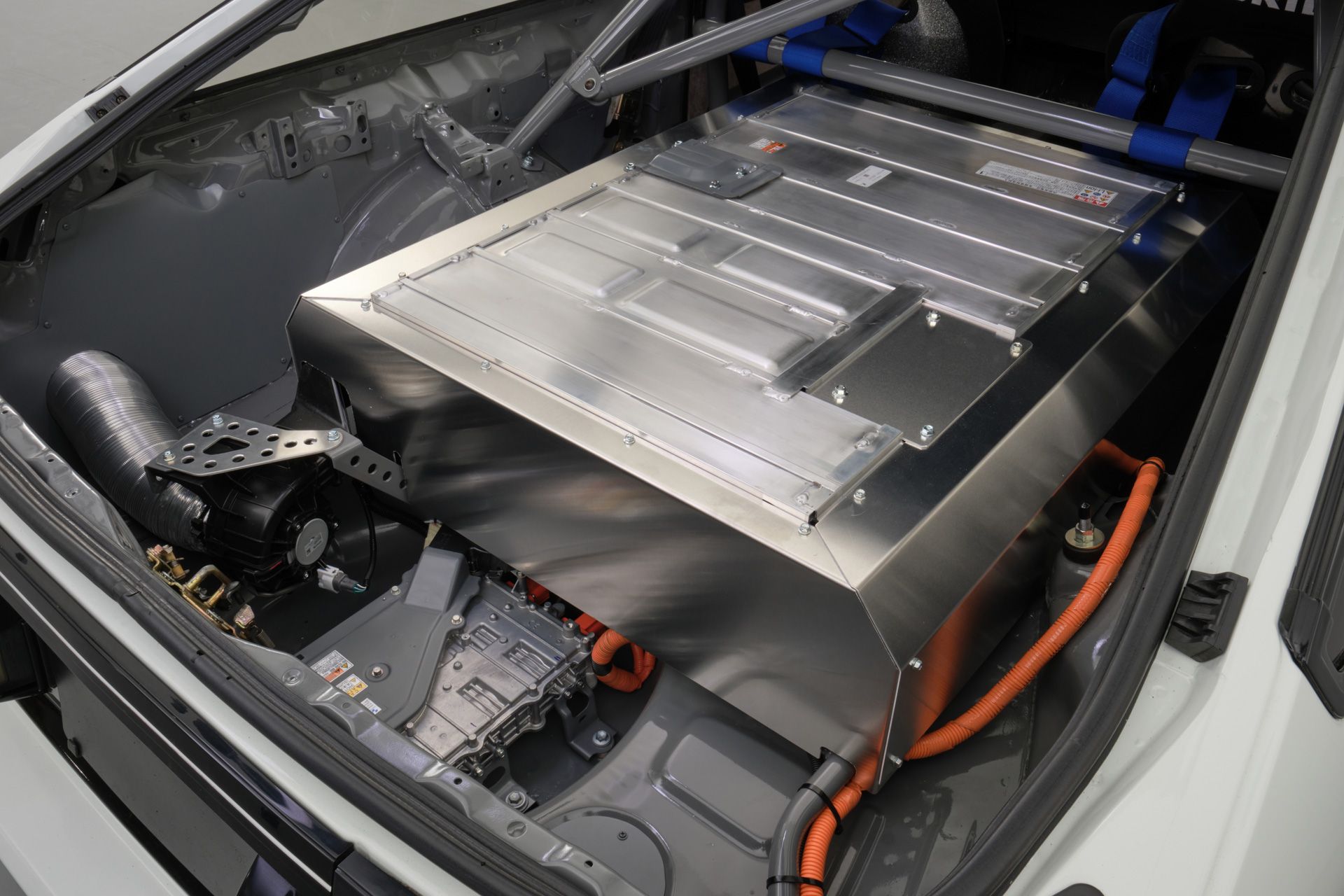The EV revolution is in full motion with all the major automakers offering all-electric vehicles. Dodge is ditching gas-powered muscle cars altogether, opting for an electric version of the Charger. Tesla is the top EV automaker and is gearing up to build 20 million cars a year by 2030. Several companies like Jaguar, General Motors, and Volvo have plans to electrify their entire fleets in the coming years.
Government zero-emission mandates have put cars with internal combustion engines on the endangered species list. The all-electric takeover is inevitable, but 2023 is still the ICE Age because gas-powered vehicles make more practical sense right now than EVs, and this is reflected in the market share for electric vehicles, which was, just 5.6 percent in 2022, according to InsideEVs.
EVs Are Still Too Expensive
When making a comparison, price is always the starting point and EVs still cost too much versus their gas-powered counterparts. The cheapest electric vehicles are in the $30,000 range, but you get what you pay for, which is an underpowered subcompact that handles like an ox cart on a cobblestone road. A 2023 Mini Cooper Electric, with a meager 114-mile range starts at $34,225. Or, for $2,000 less ($32,140) a 2023 Dodge Challenger with a 303 horsepower 3.6-liter Pentastar V-6 can be had.
The base-level Tesla Model 3 is the most affordable decent EV sedan on the market but starts at $42,990. The 2023 Audi A3, 2023 Cadillac CT4, and 2023 Acura Integra are luxury ICE sedans that start at $10,000 cheaper and offer much more luxury than the Tesla. The price disparity is even worse in trucks. A 2023 Ford F-150 Lightning starts at $58,514, while a base-model gas-powered F-150 is only $34,585. This is like if a restaurant had plain $20 veggie burgers and $15 steak dinners with all the trimmings. It's a very easy choice to make.
ICE Vehicles Are Easier And More Functional
While EVs may be a little cheaper to operate per mile, they are a lot more complicated. Filling up a gas-powered vehicle takes just a couple of minutes and anyone can do it. EV battery packs can take up to eight hours to charge and apparently comes with a learning curve. The Denver Gazette reports that Vice President Kamala Harris was a bit confused as to how one goes about charging an EV at a Sema Connect facility in Maryland. Speaking of charging facilities, outside of major metropolitan areas, they are hard to find, but there are gas stations everywhere.
With an ICE vehicle, a full tank can give around 400 miles of worry-free driving. The average range for an EV is 250 miles, which combined with the sparsity of charging stations, means a road trip must be carefully planned out. Recently, Axios reporter, Joann Muller documented her family road trip in a Kia EV6 from Detroit to Winter Garden, Florida. The normally two-day 1,500-mile trip took four days and required them to charge the vehicle 12 times. She said there was a lot of anxiety about making it to the next charging station and concluded that the U.S. is not quite ready for the electric vehicle revolution.
When it comes to EV trucks and SUVs the functionality gap gets even wider. All the things people like doing with these types of vehicles, like towing and off-roading, suffer from having a battery pack. Towing cuts an EV truck or SUV's range in half, tearing up rugged trails brings it down more, and extreme temperatures, hot or cold, further drain battery power. For outdoor adventure, the old reliable internal combustion engine cannot be beaten.
The EV Advantage Has Been Vastly Overstated
It is often touted that EVs have a big advantage over ICE vehicles because they are more environmentally friendly, but that's not necessarily true. EVs don't pollute while driving, but making and charging them is a dirty business. A lot more pollution is generated by manufacturing an EV than a gas-powered vehicle, and the electricity to charge them mostly comes from fossil fuel power plants. In a study, Reuters found an EV needs to be driven for about 12 years to break even with the carbon emissions required to build and charge it.
The primary way to recycle EV batteries is called pyrometallurgy, which is a process of melting down the battery packs and burning off the plastic to extract the desirable metals within. It's an energy-intensive process that releases toxic gasses, which is decidedly not eco-friendly. It's also not something that's widespread as only around five percent of EV batteries get recycled, with the rest ending up in landfills, leaching poisons into the ground. Tying in with the affordability advantage of ICE vehicles, replacing an EV battery can get quite expensive. Getting a new battery pack installed on a Ford Mustang Mach-E costs $18,514 for the standard range and jumps to $23,648 for the extended range.
2023 Is Still The ICE Age
All-electric vehicles are definitely the future of personal transportation, but the technology and infrastructure aren't quite there yet. In 2023, a vehicle with an internal combustion engine is more affordable and practical, which are the only two things that matter to most people. There's more bang for the buck with a gas-powered vehicle, and they have superior capabilities. An EV is fine for someone who makes short trips around town, but for a serious commuter, road tripper, off-roader, or anyone on a budget, ICE is still the king.
None of this however touches on the fact that driving a big powerful V-8 is a visceral experience that can't be matched by an electric motor. Some people love an engine that roars so loud it seems like the world is coming to an end. They enjoy getting rattled to their core and the intoxicating aroma of a pre-catalytic converter exhaust. EVs kind of sound like a VHS tape being rewound and do very little to tap into the primal fun of driving a gas-powered monster.





